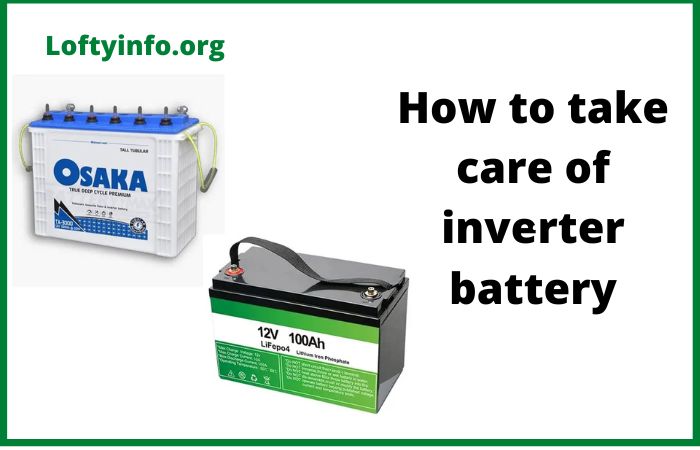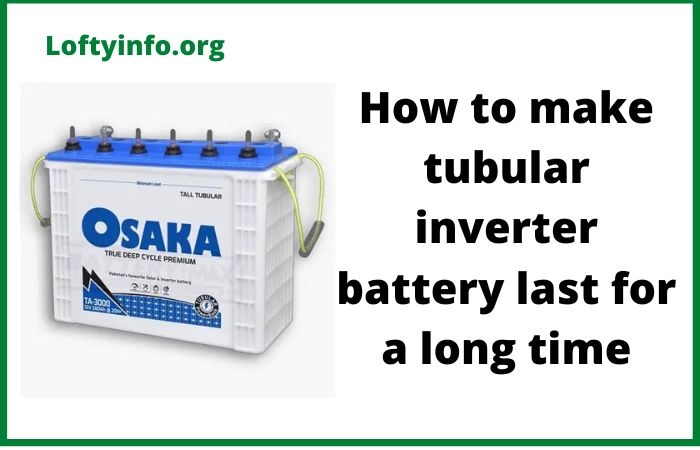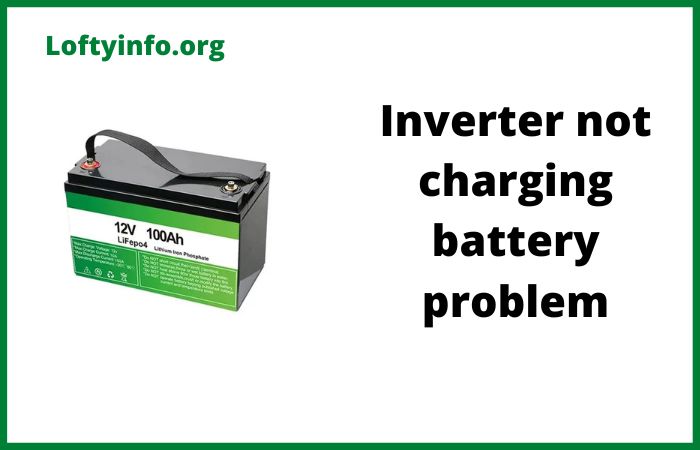How to Make Tubular Batteries Last Longer: Proven Methods to Maximize Battery Life
Tubular batteries are the backbone of reliable backup power systems offering superior performance and longevity compared to flat plate batteries.
Their lifespan and efficiency depend heavily on proper care and maintenance practices. Understanding how to make tubular batteries last longer can save you significant money while ensuring uninterrupted power supply for years to come.
Whether you’re using tubular batteries for home inverters, solar systems or commercial applications, implementing the right maintenance strategies can extend their operational life from the typical 5-7 years to potentially 8-10 years or more.
This comprehensive guide explores six essential methods to maximize your tubular battery investment.
How to Make Tubular Batteries Last Longer
1. Maintain Optimal Water Levels with Pure Distilled Water
The foundation of tubular battery longevity lies in proper electrolyte management.
Tubular batteries require consistent monitoring and maintenance of their water levels to function optimally and avoid premature failure.
Why Water Level Matters: The electrolyte solution in tubular batteries consists of sulfuric acid mixed with distilled water.
During charging and discharging cycles, water evaporates while the acid concentration remains constant.
When water levels drop below the recommended mark, the battery plates become exposed to air, leading to sulfation, corrosion and irreversible damage.
Best Practices for Water Maintenance:
- Check water levels monthly using the built-in indicators or by visually inspecting each cell
- Maintain water levels between the minimum and maximum marks – typically 10-15mm above the plate tops
- Use only pure distilled water, never tap water, filtered water or mineral water
- Add water slowly to avoid splashing and ensure even distribution across all cells
- Top up water after charging when the battery is at room temperature for accurate readings
Pro Tip: Create a maintenance schedule reminder on your phone to check water levels regularly. Neglecting this simple task is the primary cause of premature tubular battery failure.
2. Implement Proper Charging Techniques and Voltage Settings
Charging practices directly impact tubular battery lifespan more than any other single factor. Incorrect charging can reduce battery life by 50% or more, while optimal charging techniques can significantly extend operational years.
Tubular batteries require a three-stage charging process: bulk charging, absorption charging and float charging.
Each stage serves a specific purpose in maintaining battery health and maximizing capacity.
Optimal Charging Guidelines:
- Set charging voltage between 2.25V to 2.30V per cell (13.5V to 13.8V for 12V batteries)
- Avoid overcharging by using automatic chargers with voltage regulation
- Ensure charging current doesn’t exceed 10% of the battery’s Ah capacity
- Allow complete charging cycles rather than frequent partial charges
- Use temperature-compensated charging in extreme climate conditions
Avoiding Common Charging Mistakes: Never allow your tubular battery to remain in a partially charged state for extended periods.
This leads to stratification, where acid concentration becomes uneven, causing capacity loss and shortened lifespan.
Similarly, avoid fast charging unless absolutely necessary, as it generates excessive heat and stress on the battery plates.
3. Control Operating Temperature and Environmental Conditions
Temperature management is crucial for tubular battery performance and longevity.
Both extreme heat and cold can significantly impact battery chemistry and reduce operational life.
Temperature Impact on Battery Life: For every 10°C increase above 25°C (77°F), tubular battery life decreases by approximately 50%.
Extremely cold temperatures reduce available capacity and can cause permanent damage if batteries freeze.
Creating Optimal Environmental Conditions:
- Install batteries in well-ventilated areas with consistent temperatures between 20-25°C (68-77°F)
- Provide adequate spacing between batteries for air circulation
- Protect from direct sunlight and heat sources
- Ensure proper ventilation to dissipate hydrogen gas produced during charging
- Use battery cooling fans in hot climates or enclosed spaces
- Install temperature monitoring systems for critical applications
During summer months, increase ventilation and consider relocating batteries to cooler areas.
In winter, ensure batteries don’t freeze and maintain minimum operating temperatures. Insulation may be necessary in extremely cold climates but avoid completely sealing battery compartments.
4. Practice Strategic Depth of Discharge Management
How deeply you discharge your tubular batteries before recharging significantly affects their cycle life and overall longevity.
Understanding and implementing proper discharge practices can double or triple your battery’s operational lifespan.
Depth of discharge refers to the percentage of battery capacity used before recharging. While tubular batteries can handle deep discharges better than other battery types, limiting discharge depth dramatically increases cycle life.
Optimal Discharge Practices:
- Limit regular discharge to 50-60% of total capacity for maximum cycle life
- Avoid discharging below 80% DoD except in emergency situations
- Implement low voltage cutoff systems to prevent over-discharge
- Use battery monitoring systems to track discharge levels accurately
- Plan power usage to avoid unnecessary deep discharges
A tubular battery discharged to 50% capacity typically provides 1,200-1,500 cycles, while the same battery discharged to 80% capacity may only deliver 400-600 cycles.
This dramatic difference means shallow cycling can extend battery life by 2-3 times despite requiring more frequent charging.
5. Establish Regular Cleaning and Maintenance Routines
Physical maintenance of tubular batteries prevents corrosion, ensures proper connections and maintains optimal performance throughout their operational life.
Neglecting basic cleaning and inspection can lead to capacity loss and premature failure.
Essential Cleaning Procedures:
- Clean battery terminals monthly using a wire brush and baking soda solution
- Apply thin layer of petroleum jelly to terminals after cleaning to prevent corrosion
- Wipe battery tops with damp cloth to remove dust and electrolyte residue
- Inspect and tighten all connections to prevent voltage drops and heat generation
- Check for cracks, bulging, or other physical damage during cleaning
Loose or corroded connections create resistance, leading to voltage drops, heat generation and reduced charging efficiency.
Ensure all bolted connections are torqued to manufacturer specifications and inspect cables for signs of wear or damage.
Always wear protective equipment when cleaning batteries, including gloves and eye protection.
Ensure adequate ventilation and never smoke or create sparks near batteries.
Keep a supply of baking soda nearby to neutralize any acid spills.
6. Perform Regular Equalization Charging and Capacity Testing
Equalization charging and periodic capacity testing are advanced maintenance techniques that can significantly extend tubular battery life by addressing cell imbalances and identifying potential issues before they cause failure.
Over time, individual cells in a tubular battery bank can develop different charge levels and capacities.
Equalization charging applies a controlled overcharge to balance all cells and break down sulfate crystals that may have formed on the plates.
Equalization Charging Procedure:
- Perform equalization charging every 30-90 days depending on usage
- Increase charging voltage to 2.40V per cell (14.4V for 12V batteries) for 2-8 hours
- Monitor individual cell voltages and specific gravity during the process
- Ensure adequate ventilation due to increased gas production
- Return to normal charging settings after equalization
Regular capacity testing helps identify weak cells and declining battery performance before complete failure occurs.
This allows for proactive maintenance or replacement planning.
Perform controlled discharge tests annually, measuring actual capacity against rated capacity.
Document results to track performance trends over time.
Batteries showing less than 80% of rated capacity may need attention or replacement planning.
Maximizing Your Tubular Battery Investment
Implementing these six proven methods creates a comprehensive maintenance strategy that can extend tubular battery life well beyond standard expectations.
The key to success lies in consistency and attention to detail rather than complex procedures or expensive equipment.
Remember that tubular batteries represent a significant investment in reliable backup power. The time and effort spent on proper maintenance pays substantial dividends through extended operational life, maintained capacity, and reduced replacement costs.
Start implementing these practices today to ensure your tubular batteries deliver maximum value and performance for years to come.
By following these guidelines consistently, you’re not just maintaining batteries, you’re protecting your investment in reliable, uninterrupted power supply while minimizing long-term costs and environmental impact through extended battery life.
What to do when an inverter powers on with no output
How to choose solar system type wisely and avoid funds wastage






